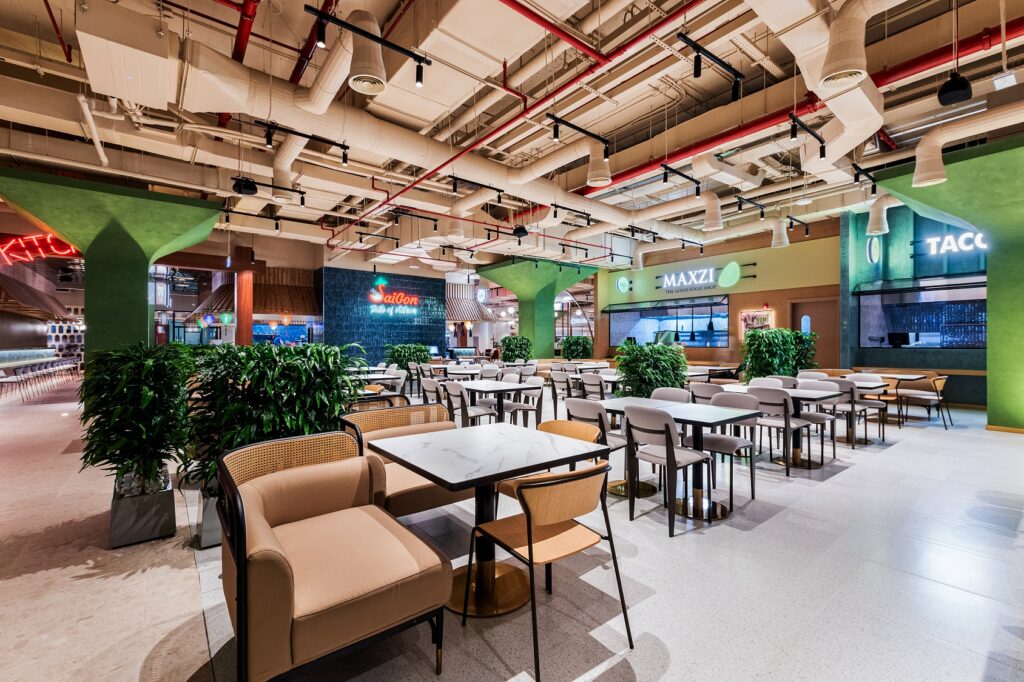By Naji Haddad
MENA General Manager at Deliverect
Another restaurant technology trend to watch out for are virtual brand marketplaces.
Thanks to the widespread success of virtual brands on delivery platforms, more restaurants will launch their own virtual brand in the year ahead. A recent survey conducted by Deliverect and Qoot showed that 70% of the respondents expressed that they are planning to open new dark/cloud kitchen operations.
And why shouldn’t they?! Virtual brands help expand the reach and delivery radius, improve sales, and experiment with new dishes to meet demand. Kitchen space can also be optimized by preparing food for delivery at off-peak times.
However, while setting up a virtual brand is easy, it requires market research to define gaps in the market, compare competitors’ offers, and develop a fitting marketing and branding strategy. That takes time and resources that may not necessarily be available.
Third is contactless payment and ordering systems
The demand for contactless processes has been growing considerably since the onset of the pandemic. Mobile ordering, payment apps, and QR code menus offer plenty of benefits for food businesses and their customers. They help increase table turnover, optimize the operational flow, and give restaurants access to customer data, helping them build a meaningful connection with guests.
On the customer’s side, going contactless ensures more secure payment transactions, increased order accuracy, and an overall improved dining experience.
Digital loyalty programs are also the trend.
With diners cutting expenses due to the global economic crisis, restaurateurs are investing in loyalty programs to increase customers’ spending and encourage repeat business.

Retaining an existing customer is five times cheaper than acquiring a new one. Current customers are also more likely to try new dishes and spend more. So, investing in your loyal regulars makes a lot of sense.
While some companies prefer old-school punch cards, digital loyalty programs are trending because they fulfill consumers’ need for contactless experiences. A digital loyalty scheme allows customers to register online or through an app – using a phone number or email, for instance. The program then keeps track of their spending and suggests rewards based on past purchases.

The best thing about loyalty programs is that they come in different shapes and sizes. In other words, they can be as simple or complex as you want. One of the trends we’re seeing today is programs that offer immediate incentives, like in-store discounts or reduced prices on delivery. Alternatively, you can provide a free drink, appetizer, or dessert after several visits or orders.
Finally, most digital loyalty schemes can be integrated directly into your restaurant POS, making tracking, personalizing, and redeeming rewards easier than ever.
Next: The global online food delivery industry is showing no signs of slowing down.
(Photos courtesy of Huna Yas Mall, Issei Dubai and Attiko)

